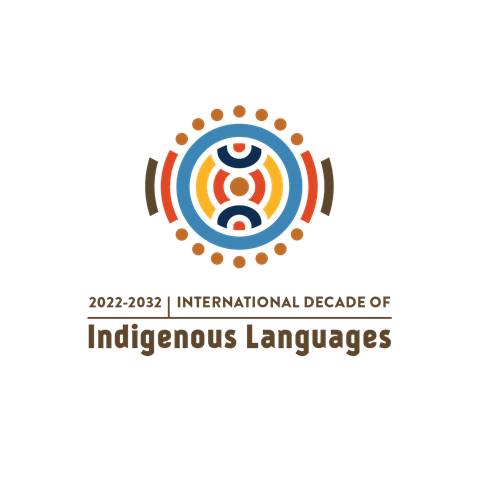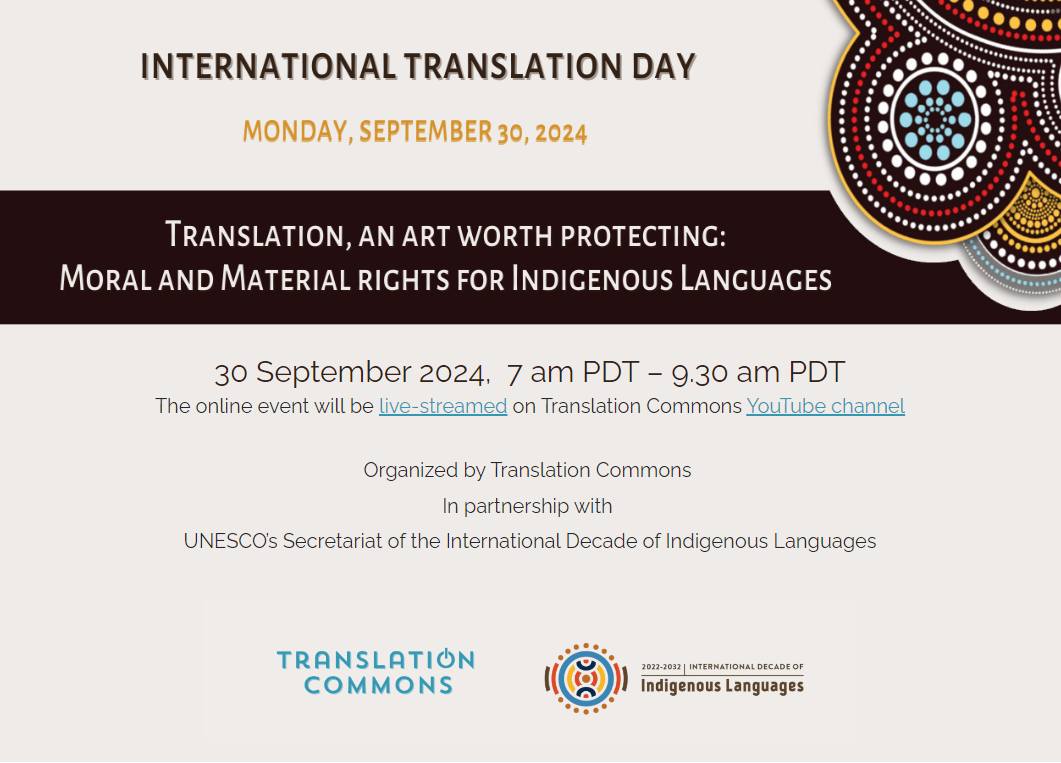
The first Livonian reading book – the first secular book in the Livonian language
The cover of the first Livonian reading book was in Estonian
This year marks the 100th anniversary of the publication of the First Livonian Reading Book (Ežmi līvõd lugdõbrōntõz) in Tartu in 1921. It was published by the Estonian Academic Mother Tongue Society (Akadeemiline Emakeele Selts). The reading book was printed in E. Bergman’s printing house in 800 copies. In the period from 1921 to 1926, the society published a total of five Liv reading books. They were small, only 16 to 24 pages each.
The title page of the book holds the names of its creators: “Compiled by Lauri Kettunen and Oskar Loorits”. Kettunen commented that this inscription was put there only to create more influence. The compilation was the work of Loorits.
The reading book is introduced by Loorits’ patriotic poem “Līvõd toutloul” (Livonian people song), followed by Jānis Belte’s poem “Rāndali” (Coasters), which expresses the idea of Livonians sitting on the coast, in the dark waiting for light from the other side of the sea. The foreword was written by Loorits. It briefly describes the history of the Livonians, emphasizing that the Livonians’ recovered after the plague of 1710 and the hope for the same after the First World War.
The book is essentially a collection of language samples collected during the 1920 expedition of Kettunen and Loorits. The compiler Loorits wrote in the afterword that the edition contains stories reflecting the most memorable events to the Livonian people for one reason or another, from the recent years or distant past. Additionally, there are some personal memories, which, in turn, helps to depict the historical and cultural past of the Livonians.
The publication contains 15 Livonian stories (legends, tales, memories), Jānis Belte’s poem “Rāndali” and the folk song “Knaš neitst, vāldapuţkõz”. Only the initials and age of the informants are marked, so not all of them can be deciphered. It can be seen that most stories come from Košrags – six, where the most diligent informant was Augusts Skadiņš, who also explained how the village of Košrags originated. Another Košrags inhabitant Augusts Dišlers, told how the name Kolka came to be. There is one story from Kolka, two from Vaide, one from Pitrags, three from Mazirbe, one from Sīkrags, one from Pize. The village of Lūžņa is represented by a poem by J. Belte, but there are no narratives from Lielirbe and Saunags.
The publication of the first Livonian reading book was a significant event in Livonian cultural history, as it was the first secular publication in the Livonian language. Until 1921, only translations of religious texts into Livonian were published. In 1863, the Gospels of Matthew in the Eastern and Western dialects of the Livonian language were published in two separate volumes in London, and in 1880 a third book in the Livonian language was published in St. Petersburg, again the Gospel of Matthew. It was also important that the development of the Livonian written language in the reading book was strengthened and continued.
An example of the stories published in the reading book.

How the village of Košrags originated
When the Livonians were defeated in Vidzeme and Kurzeme, a small party remained here to live next to Cape Kolka. They have lived well here, but there have been too many people, and they have started to build villages: Melnsils, Kolka, Vaide, Saunags, Pitrags, Košrags, Mazirbe, Sīkrags, Jaunciems, Lielirbe, Pize and Lūžņa. Then came the plague. Then all the people died, only two people were left, one in Saunags and one in Sīkrags. They both had been walking, looking for footsteps of others. Wantingto find someone. When they saw the footsteps, they started kissing them. After that, people from Saaremaa and Finland began to arrive. The two brothers arrived in Košrags. One was a trader; he built a house for himself. They started living well. These two houses are still there – Anduļu sēta and Žoki.
In Košrags, 1920. 6. VII. Told by Andrejs Skadiņš (59 years old)
(Translated from the Livonian language by Valda Marija Šuvcāne)
List of resources:
Esimene Liivi lugemik/Ežmi līvõd lugdõbrōntõz. Tartu, 1921.
Ernštreits V. Lībiešu rakstu valoda. Rīga, 2011. 55.-56. lpp.
Šuvcāne V. M. Lībiešu ciems, kura vairs nav. Rīga, 2002. 377. lpp.



